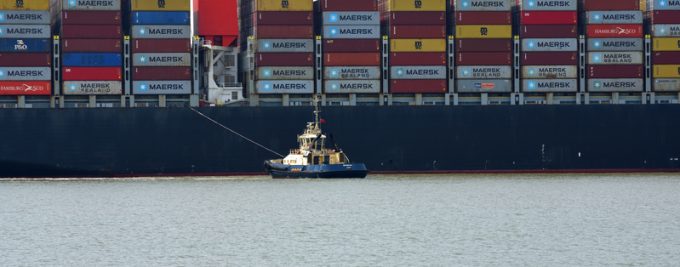OceanX Radar: Cooling down – trade wars mean no trade
… no news on deals is bad news on wheels

Major Chinese export markets are showing signs of a recovery after the steep post-Golden Week holiday decline, led by a rebound in demand for intra-Asia services, according to the latest Asia-Pacific market update from Maersk.
Nevertheless, the “new normal” could see Maersk and its liner peers ...

Comment on this article